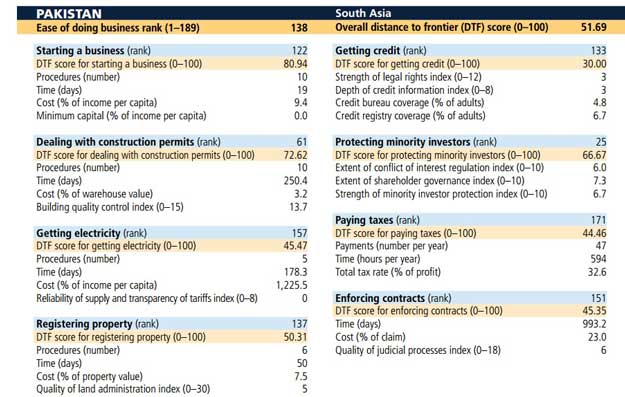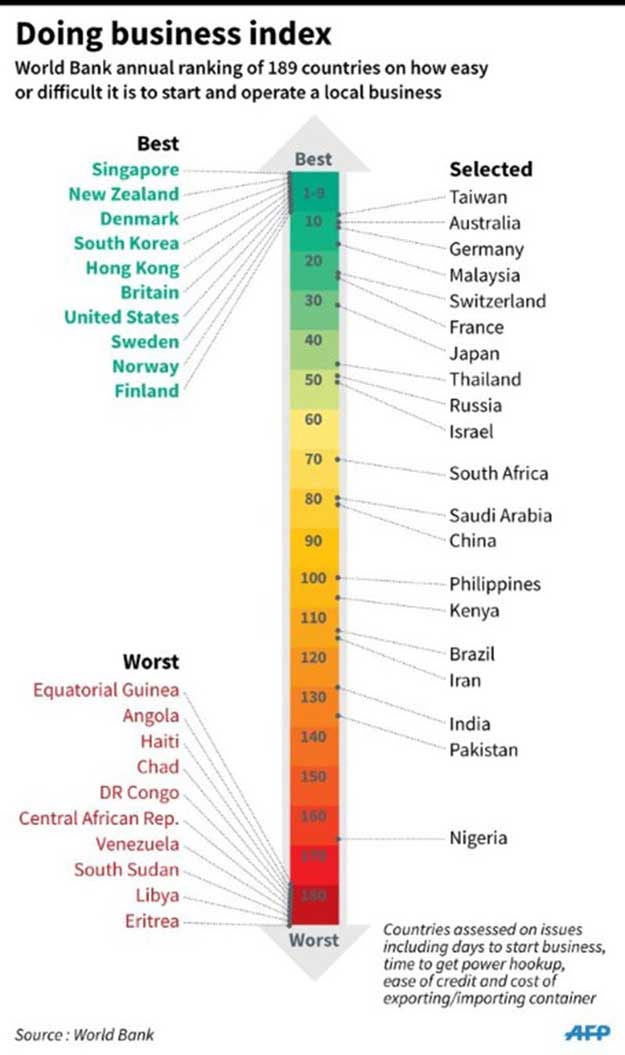wiqi21
FULL MEMBER

- Joined
- Mar 16, 2010
- Messages
- 144
- Reaction score
- 0
- Country
- Location
CDWP clears Rs48bn projects for Ecnec approval
ISLAMABAD: The Central Development Working Party (CDWP) on Wednesday approved Rs128 million project and recommended three other projects of Rs48 billion to the Executive Committee of the National Economic Council (Ecnec).
The CDWP meeting, chaired by Federal Minister for Planning, Development and Reform Ahsan Iqbal, discussed six public sector development projects
The meeting referred two energy projects to Ecnec, including the import of electricity from Central Asia under the CASA-1000 project and establishment of a coal-based power plant in Karachi.
The CASA-1000 project is to bring electricity from Tajikistan through 500KV high density transmission system to Pakistan.
The CASA-1000 interconnection will transmit 1,300MW of surplus electricity from existing hydro-power resources in the Central Asian countries (Tajikistan and Kyrgyzstan) through Afghanistan to Pakistan.
The total distance of transmission line is 1,200km. Out of the 1,300MW of power being exported, 1,000MW will be supplied to Pakistan while 300MW will be supplied to Afghanistan.
The project costs Rs31.85bn and PSDP allocation of 2014-15 is Rs4,000 million. It will be completed within three and a half years.
The project was approved by the board of World Bank in March 2014.
The other energy project referred to Ecnec was establishment of 1,320MW imported coal-based power plant at Bin Qasim near Karachi.
The project envisages transportation of power produced at the plant to upcountry load centres by construction of 500KV transmission line of 180km from the proposed plant at Bin Qasim to Matiari.
The project costs Rs13.66bn and the PSDP allocation for 2014-15 is Rs200 million. It is scheduled to be completed in four years.
A health related project on the Expanded Programme on Immunisation was also referred to the Ecnec.
The CDWP also approved a Rs128m foreign funded project on water and livelihood.
The project will be executed by the Ministry of National Food Security and Research and relates to glacier and snow pack dependent river basins of the Himalaya and Hindukush Region.
On the occasion, the federal minister said that development projects reflect government’s priority to energy sector through knowledge initiative.
ISLAMABAD: The Central Development Working Party (CDWP) on Wednesday approved Rs128 million project and recommended three other projects of Rs48 billion to the Executive Committee of the National Economic Council (Ecnec).
The CDWP meeting, chaired by Federal Minister for Planning, Development and Reform Ahsan Iqbal, discussed six public sector development projects
The meeting referred two energy projects to Ecnec, including the import of electricity from Central Asia under the CASA-1000 project and establishment of a coal-based power plant in Karachi.
The CASA-1000 project is to bring electricity from Tajikistan through 500KV high density transmission system to Pakistan.
The CASA-1000 interconnection will transmit 1,300MW of surplus electricity from existing hydro-power resources in the Central Asian countries (Tajikistan and Kyrgyzstan) through Afghanistan to Pakistan.
The total distance of transmission line is 1,200km. Out of the 1,300MW of power being exported, 1,000MW will be supplied to Pakistan while 300MW will be supplied to Afghanistan.
The project costs Rs31.85bn and PSDP allocation of 2014-15 is Rs4,000 million. It will be completed within three and a half years.
The project was approved by the board of World Bank in March 2014.
The other energy project referred to Ecnec was establishment of 1,320MW imported coal-based power plant at Bin Qasim near Karachi.
The project envisages transportation of power produced at the plant to upcountry load centres by construction of 500KV transmission line of 180km from the proposed plant at Bin Qasim to Matiari.
The project costs Rs13.66bn and the PSDP allocation for 2014-15 is Rs200 million. It is scheduled to be completed in four years.
A health related project on the Expanded Programme on Immunisation was also referred to the Ecnec.
The CDWP also approved a Rs128m foreign funded project on water and livelihood.
The project will be executed by the Ministry of National Food Security and Research and relates to glacier and snow pack dependent river basins of the Himalaya and Hindukush Region.
On the occasion, the federal minister said that development projects reflect government’s priority to energy sector through knowledge initiative.











